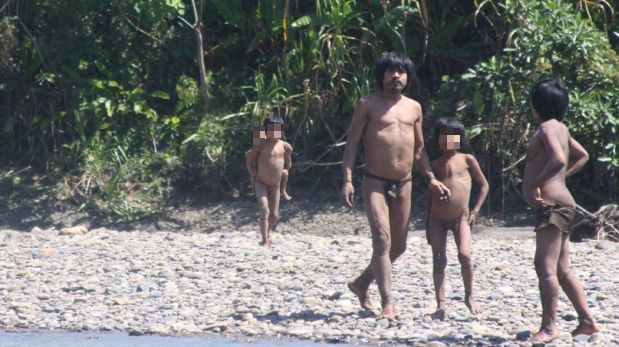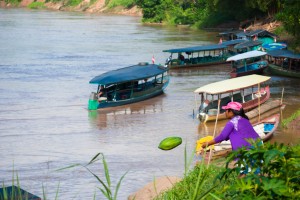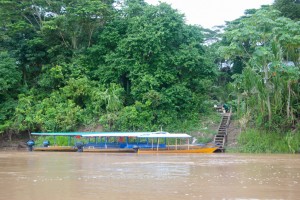The Massive Jungle is At Risk

The jungle seems endless, a mass of trees filled with life. A whole world, as if a separate planet somehow opened where the snow-clad Andes plunge into the lowlands. Yet it is not endless and much of it is ending as we can see in Madre de Dios, the Peruvian region next to Cusco.
Indeed, this region ensconced between the Man National Park and the Tambopata National Preserve is facing increasing deforestation. Not only is it the home of an unbelievable natural biodiversity, it also holds areas dedicated to the protection of isolated Indians, those who used to be called uncontacted tribes. Nevertheless, the region faces severe deforestation. Its rates have gone up some 400% since 2008 and this year it is likely more than 6100 hectares or 24 square miles of forest will be lost.
When expressed this way it may not sound like much, but it adds up year after year while the rate increases. It threatens the rain forest and the traditional people who live in it.
This growth in deforestation is due to two things, primarily, logging and gold mining, legal and illegal. Though the government moved against informal mining earlier this year, still mining has damaged the environment of Madre de Dios. Besides deforestation, it has contaminated the environment with mercury.

Given high rates of immigration to seek work in this boom-area, Madre de Dios has become a very un-healthy place at the same time it is a place of great natural beauty.

It has the highest rates of deaths due to infectious disease in the country. 39.9% of all deaths are due to infectious diseases, according to the official Analisis de la situacion de la salud. The area has serious outbreaks of dengue fever, leishmaniasis, chagas, malaria, and so on. It also has a very high rate of HIV infection. Mercury poisoning contributes to the worsening of these illnesses.
If you look at epidemiological maps of Madre de Dios these illnesses are concentrated along the Madre de Dios River which cuts across de department and along which mining as well as logging are concentrated.
The pastoral beauty of Tambopata’s nature preserve with its dense forest, rich biodiversity, and flowing waters under high clouded skies contrasts with this panorama of human devastation, yet both are the case in Madre de Dios.
The situation came strongly to public attention recently when a small group of young men, Pano speakers who belonged to an isolated group in Peru, sought help at an Ashaninka village in the Brazilian state of Acre, telling about the massacre of their village by loggers.
Others have noted the isolated people face increasingly difficult situations with an increasing decline in game due to deforestation, petroleum exploration, and mining.

These are part of the reasons why isolated natives seem to increasingly be leaving the forest and making themselves visible to outsiders. Though life in the forest seems more and more difficult, great harms await them in mainstream society. These include diseases such as the common cold and flu, which can be deadly to them, as well as entire panorama of infectious disease and environmental decay.
The jungle and its people are threatened. An end can easily be envisioned, though trees still cover much of the surface of Madre de Dios.
Reference:
“Madre de Dios: Tasa anual de deforestación se ha triplicado desde 2008”, Peru 21.pe, Monday October 28, 2013, http://peru21.pe/actualidad/madre-dios-tasa-anual-deforestacion-se-ha-triplicado-desde-2008-2155331
Felipe Milanez and Glen Shepherd, Contato dos Xatanawa poe fim a resistencia centenaria, Carta Capital, September 8, 2014, http://www.cartacapital.com.br/blogs/blog-do-milanez/esqueca-mitos-coloniais-o-contato-dos-xatanawa-no-acre-poe-fim-a-uma-resistencia-centenaria-8896.html
Survival International, The Uncontacted Indians of Peru. http://www.survivalinternational.org/tribes/isolatedperu




